Machine Learning
What is ML?
ML is not directly programmed to solve a problem,
but..
ML learns from examples & experiences
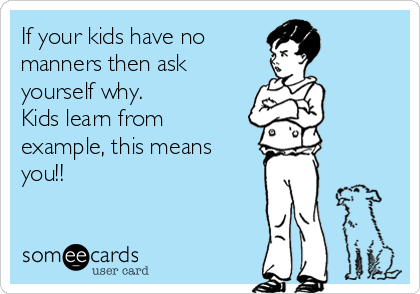
Some classic examples
What makes a 2 from handwriting?

Hard to program?
What distinguish a 2 from a 7?

Some classic examples

Collect examples that specify the correct output for a given input

ML algorithm then takes these examples and produces a program that does the job
Some tasks that are useful with learning algorithm
Recognizing patterns:
- Facial identities, expressions
- Handwritten or spoken words
Digital images and videos:
- Locating, tracking, and identifying objects
- Driving a car
Recognizing anomalies:
- Unusual sequences of credit card transactions
Spam filtering, fraud detection:
- The enemy adapts so we must adapt too
Recommendation systems:
- Youtube, Google Store, Netflix etc
Information retrieval:
- Find documents or images with similar content

Many more!
Types of learning tasks
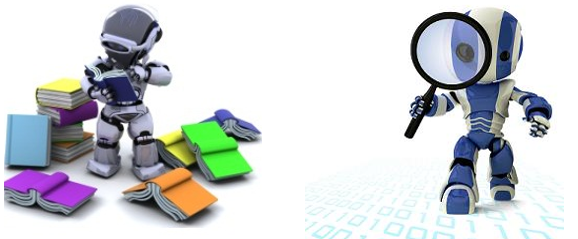
Supervised learning
Unsupervised learning
Supervised Learning
Supervised learning is where you have input variables (x) and an output variable (Y) and you use an algorithm to learn the mapping function from the input to the output.
Y = f(X)
GOAL = to approximate the mapping function so well that when you have new input data (x) that you can predict the output variables (Y) for that data.

- The process of an algorithm learning from the training dataset can be thought of as a teacher supervising the learning process.
- We know the correct answers, the algorithm iteratively makes predictions on the training data and is corrected by the teacher.
- Learning stops when the algorithm achieves an acceptable level of performance.
Supervised Learning
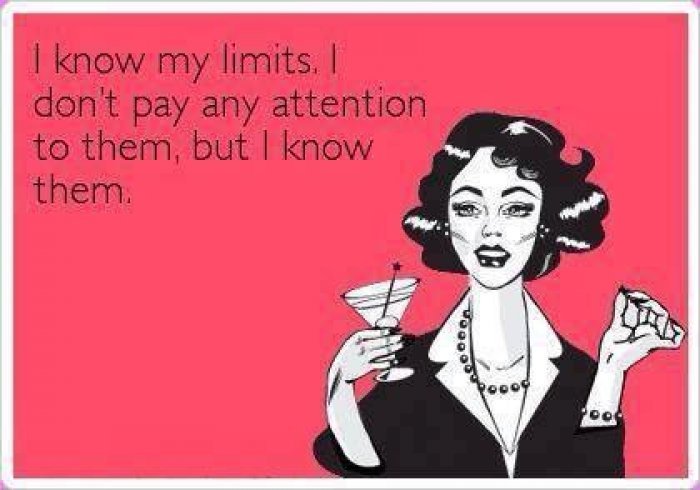
Classification
- A classification problem is when the output variable is a category, such as “red” or “blue”, Blood type etc.
-
Eg. popular algorithm
- Support vector machines (SVM) for classification problems.
- etc
Supervised Learning (Algorithm)
Regression
- A regression problem is when the output variable is a real value, such as “price” or “weight”.
-
Eg. popular algorithm
- Linear regression for regression problems.
- etc

Example of Regression
Unsupervised learning is where you only have input data (X) and no corresponding output variables or labeled instances.
GOAL = to model the underlying structure or distribution in the data in order to learn more about the data.
Unsupervised Learning
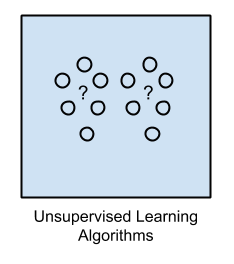
- These are called unsupervised learning because unlike supervised learning, there is no correct answers and there is no teacher.
- Algorithms are left to their own devises to discover and present the interesting structure in the data.
Unsupervised Learning

Clustering
- A clustering problem is where you want to discover the inherent groupings in the data, such as grouping customers by purchasing behavior.
-
Eg. popular algorithm
- kMeans
- etc
Unsupervised Learning (Algorithm)
Association
- An association rule learning problem is where you want to discover rules that describe large portions of your data, such as people that buy X also tend to buy Y.
-
Eg. popular algorithm
- Apriori (Market Basket analysis)
- etc
Example of Clustering
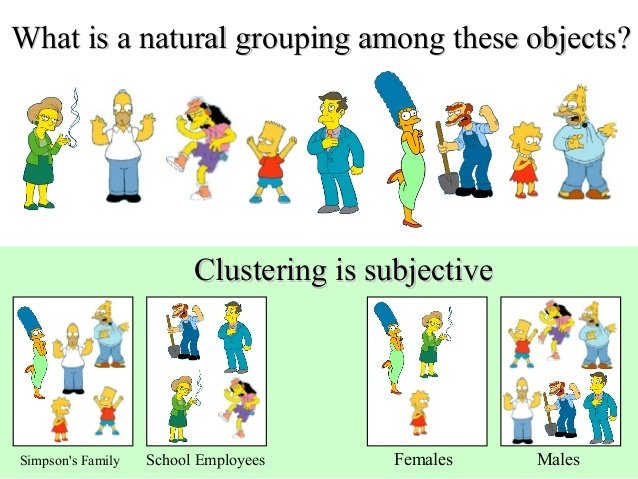
Example of Association
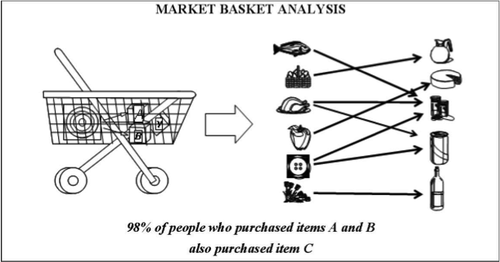
Wait..
There is one more learning task..
Problems where you have a large amount of input data (X) and only some of the data is labeled (Y) are called semi-supervised learning problems.
These problems sit in between both supervised and unsupervised learning.
Semi-supervised Learning
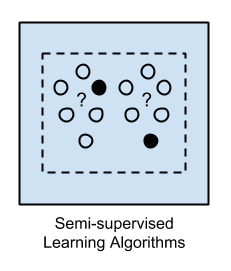
- A good example is a TM property data, some of them have complete details and the majority are unlabeled.
- Many real world machine learning problems fall into this area.
- This is because it can be expensive or time-consuming to have complete data.
- Whereas incomplete data is cheap and easy to collect and store.
Semi-supervised Learning

- You can use unsupervised learning techniques to discover and learn the structure in the input variables.
Semi-supervised Learning (Algorithm)
- You can also use supervised learning techniques to make best guess predictions for the unlabeled data, feed that data back into the supervised learning algorithm as training data and use the model to make predictions on new unseen data.
Keep learning, Keep growing

Machine Learning is all about..
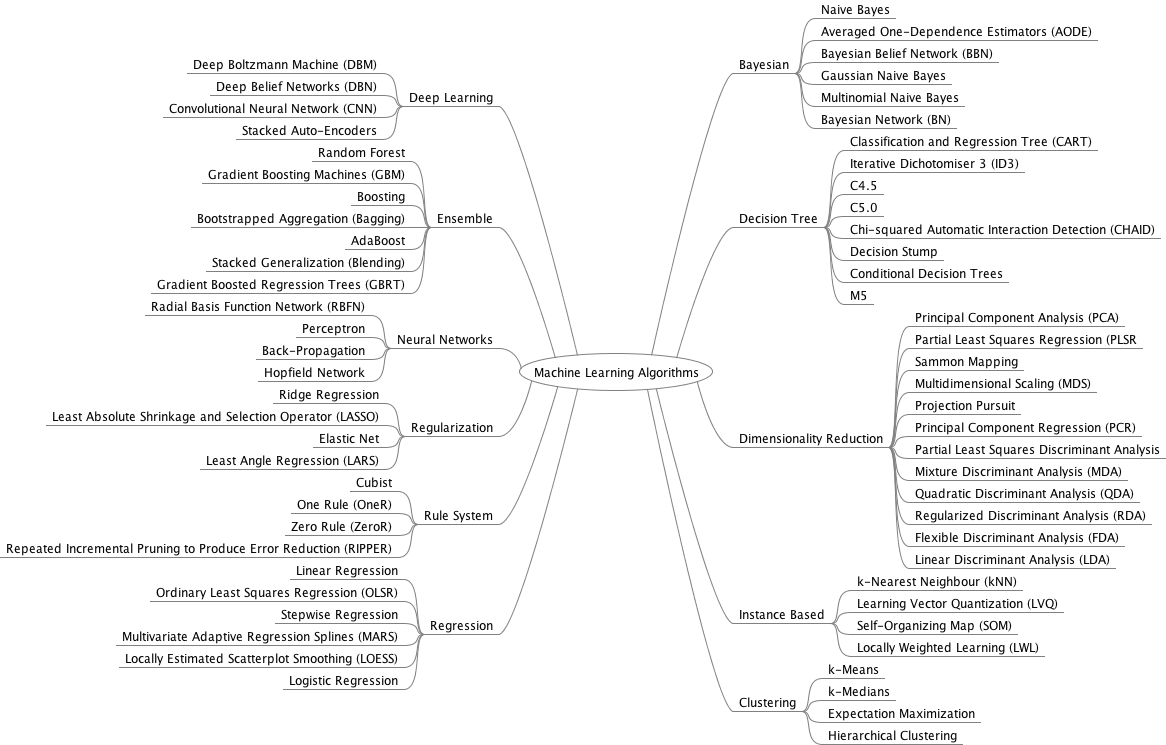
Thank you
Machine Learning
By Annuar Faiz
Machine Learning
- 429



